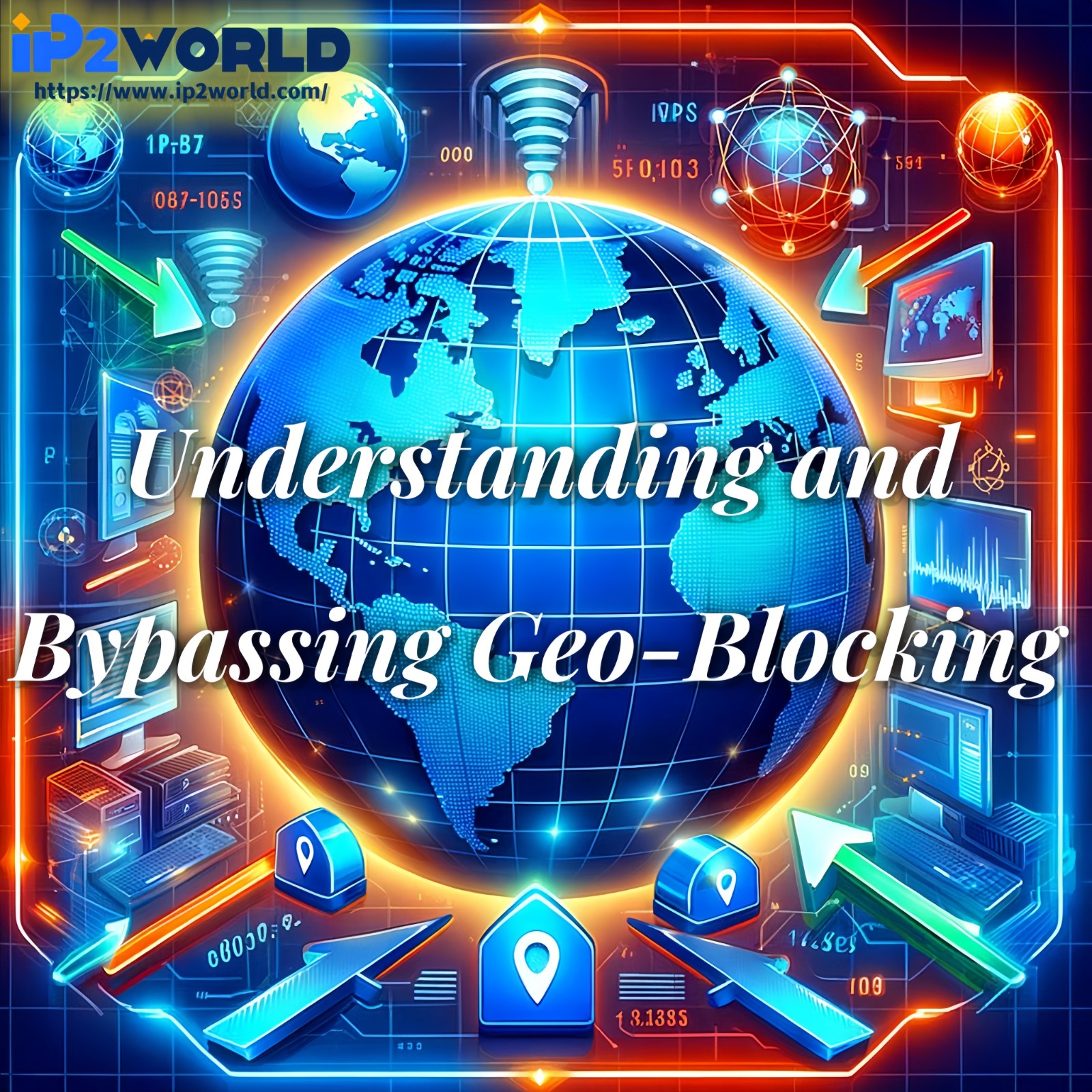Introduction:In the digital age, as we're swamped with a deluge of content, the landscape of video advertising has seen a seismic shift. From the short-lived first impressions to understanding platform dynamics, and from navigating challenges to measuring tangible success, advertising today is an intricate tapestry of strategy and innovation. This article delves deep into the world of digital video advertising, unraveling its many layers, and offering insights into mastering this dynamic domain. Section 1: Making the First 5 Seconds Count In the ever-evolving realm of digital advertising, where the audience is inundated with a barrage of content, every millisecond becomes crucial. Among these fleeting moments, the first five seconds hold the power of choice: will viewers continue or press the dreaded 'skip' button? Hooking Viewers: We live in a visually-driven era. A scroll through any social media platform reaffirms this – we're drawn to what captivates our eyes and ears instantaneously. Hence, top-tier ads in today's world are a masterclass in immediate engagement. They employ:- Vibrant Visuals: From stunning landscapes to mesmerizing graphics, these ads ensure the viewer's gaze remains fixed.- Catchy Tunes: Ever found yourself humming to a tune from an ad you watched? That's the power of an earworm, ensuring brand recall.- Compelling Narratives: Stories have always been humanity's preferred medium of communication. Even within a brief span, a well-told story can create a lasting impression. Case Studies: Several brands have mastered the art of the 5-second hook, becoming case studies in their own right.- The Nike Impact: Recall that Nike advertisement where a renowned athlete gears up, sweat dripping, and just as they're about to make the game-changing move, the logo swooshes in? In mere moments, it not only promotes a product but an entire lifestyle.- Dove's Empowerment: Dove's campaigns often stand out, not just for the products they sell but for the values they promote. Their focus on real beauty, captured right from the start, resonates deeply with viewers, making them more than just ads but movements in themselves. The Art of the CTA: The Call-to-Action (CTA) is the crescendo of an advertisement. However, in modern advertising, it's evolved from a mere directive to a nuanced nudge.- Inspiring Emotion: Today's CTAs aren't just about leading viewers to a purchase but evoking an emotion – be it happiness, nostalgia, or even a sense of duty.- Provoking Thought: Instead of just highlighting the product, CTAs now often leave viewers with a thought or a question, ensuring they linger on the ad long after it's over.- Reflecting Values: Modern consumers resonate with brands that mirror their values. A CTA that highlights a brand's ethical practices, commitment to sustainability, or community involvement often sees better engagement. In essence, the first five seconds are the gateway to a viewer's mind. In this short span, advertisers have the task of not just grabbing attention but holding onto it, ensuring their message doesn't just reach the eyes and ears but the heart and mind. Section 2: Platforms for Video Ads In the digital age, the adage "location, location, location" has taken on a whole new meaning. Instead of physical spaces, brands now vie for the prime real estate of various online platforms. Each of these platforms speaks to a distinct audience and offers unique ways for brands to share their message. Let's delve deeper into the world of video ad platforms. YouTube: The Digital Colossus Since its inception, YouTube has grown from a platform for homemade videos to a cultural behemoth. Here's what makes it a crucial platform for advertisers:- Diverse Audience: From tech enthusiasts to cooking aficionados, almost every demographic can be found here.- Variety of Ad Formats: Whether brands opt for TrueView in-stream ads that play before videos, discovery ads that appear in search results, or the brief yet impactful bumper ads, YouTube's ad formats cater to diverse strategies and budgets.- Powerful Analytics: With its detailed analytics, advertisers can gauge the effectiveness of their campaigns and fine-tune their strategies. Vimeo: Where Art Meets Advertising While YouTube might be the giant, Vimeo has carved a niche among creators who prioritize quality and creativity. This offers brands a unique proposition:- Focused Demographic: Vimeo's user base values artistry, making it a prime platform for brands that emphasize design, innovation, and craftsmanship.- No Ad Clutter: Given its non-ad-centric model, any promotional content on Vimeo stands out, ensuring better visibility and engagement.- High-Quality Content: The platform's reputation for hosting premium content ensures your ads are in good company, enhancing brand perception. TikTok: Revolutionizing Content Consumption Few could have predicted the astronomical rise of TikTok. Its impact on the advertising world has been profound:- Young and Engaged Users: Predominantly used by Gen Z and millennials, TikTok offers access to an audience that's highly engaged and eager to interact.- Innovative Ad Formats: With options like TopView (full-screen ads at launch), brand takeovers (ads on the app's launch), and hashtag challenges (user-engaging content drives), advertisers can get creative in their approach.- Viral Potential: Given the platform's format, there's always the chance for ad content to go viral, providing organic reach beyond paid slots. Exploring the Underdogs While the aforementioned platforms might dominate the scene, emerging or specialized platforms like Facebook Watch and Snapchat Discover shouldn't be overlooked:- Targeted Audience: These platforms, while smaller in comparison, often boast of loyal user bases, providing advertisers a focused group to target.- Unique Ad Offerings: Each platform offers specialized ad formats. For instance, Snapchat's AR-driven ads offer immersive experiences, while Facebook Watch prioritizes long-form content. In summation, while the content of an ad is undeniably vital, its placement can make or break a campaign. By understanding the nuances of each platform, brands can ensure their messages reach the right ears and eyes, maximizing impact and return on investment. Section 3: The Evolution of Ad Formats In the age of rapid technological advancements, the world of advertising is no exception to the tide of change. Advertisers have quickly learned that how a message is conveyed can be just as impactful as the message itself. With the rise of digital media, ad formats have transformed to be more engaging, immersive, and responsive. Let’s delve into these cutting-edge formats that are revolutionizing the way brands communicate. Interactive Video Ads: A Two-Way Conversation The traditional model of advertising was largely one-directional: brands spoke, and audiences listened. However, with interactive video ads, the tables have turned. These ads:- Engage Actively: Viewers can click, swipe, or even speak to these ads, guiding their journey and experience.- Offer Personalized Content: Based on user choices, ads can change in real-time, presenting information or offers tailored to the viewer's preferences.- Boost Retention: By allowing viewers to interact, these ads are more memorable and can significantly increase brand recall. 360-degree Video Ads: Immersing the Viewer Breaking free from the constraints of the traditional frame, 360-degree video ads offer a panoramic view of a brand's world. They:- Offer a Holistic View: Whether it's a hotel room, a scenic destination, or a car interior, viewers get a comprehensive understanding of the product or service.- Drive Exploration: Viewers can choose where to look, giving them a sense of control and promoting active engagement.- Elevate Brand Perception: The cutting-edge technology often associates the brand with innovation and forward-thinking. Live Stream Ads: Engaging in the Moment In an age of instant gratification, live stream ads cater to the audience's desire for real-time content. Such ads:- Humanize the Brand: Live content often feels more genuine, less scripted, and offers a human touch.- Promote Interaction: Live streams often come with chat features, allowing viewers to ask questions or share feedback in real-time.- Generate Urgency: The ephemeral nature of live content can prompt users to engage immediately, fearing they might miss out otherwise. Shoppable Video Ads: Blurring Lines Between Viewing and Purchasing The consumer journey has traditionally been a multi-step process: see an ad, get intrigued, visit the website or store, and then make a purchase. Shoppable video ads are streamlining this journey. Through them:- Instant Gratification: If a viewer is intrigued by a product in the video, they can immediately click and buy.- Shorten Sales Funnel: By reducing the steps between discovery and purchase, brands can drive quicker conversions.- Enhance User Experience: Viewers no longer need to remember product names or search for them later; it's all integrated into the ad experience. In Conclusion: The metamorphosis of ad formats is a testament to the industry's adaptability and drive to constantly better itself. In this dynamic landscape, the brands that harness the potential of these evolving formats will not only capture their audience's attention but also their hearts and minds. The future of advertising is not just about telling stories but creating experiences, and these new formats are the tools to achieve that. Section 4: Challenges in Video Advertising As the digital advertising sphere undergoes rapid transformation, with it come hurdles that test the mettle of advertisers. These challenges require innovative thinking, adaptability, and a deep understanding of the digital landscape. This section delves into some of the most pressing issues faced by brands in video advertising and ways they can navigate this intricate terrain. The Ad-blocker Conundrum: Overcoming the Walls Ad-blockers, once a niche tool, have gained immense popularity in recent years. For many users, they're a means to an uninterrupted online experience. For advertisers, they represent a formidable barrier. - Why Users Opt for Ad-blockers: Apart from the evident reason of eliminating interruptions, many choose ad-blockers due to concerns about data privacy or to enhance page load speeds.- Crafting Unskippable Content: To bypass the ad-blocker hurdle, brands must produce content that's engaging, relevant, and adds value. If users anticipate value, they might whitelist certain sites or even disable ad-blockers.- Rethinking Placement: In-content native advertising or sponsored content can be ways to bypass traditional ad-block methods while still conveying the brand's message. Striking the Balance: Presence Without Intrusion Being visible is crucial, but there's a thin line between making an impression and becoming an annoyance.- Optimal Ad Frequency: Repeatedly bombarding the same user with identical ads can lead to ad fatigue and potentially brand resentment. Dynamic content and understanding optimal ad frequency are key.- Respecting User Choice: Offering skippable ads or the choice to close an ad respects user autonomy and can create a more positive brand perception. Personalization vs. Generalization: The Dichotomy of Reach and Relevance In an era where data-driven insights can create hyper-targeted ads, how does one balance the personal touch with the need for wide reach?- Segmented Approach: Using data analytics, brands can create different ad variants targeting specific demographics, ensuring messages feel tailored.- Unified Brand Message: While personalization is key, maintaining a cohesive brand narrative ensures recognition and trust, no matter the audience segment. Brand Safety: Navigating the Digital Minefield The flip side of the internet's vast reach is its unpredictability. Anything can go viral, and not always for the right reasons.- Contextual Placement: Ensuring your ad doesn't appear next to controversial or inappropriate content is crucial. Advanced AI tools can predict and prevent such placements.- Reactive PR Strategies: In the event of unforeseen negative associations or viral incidents, having a rapid response team can mitigate damage and uphold brand reputation. In Conclusion: Video advertising in the digital age is akin to navigating a ship through treacherous waters. While the promise of reaching shores laden with gold (read: engaged audiences) is immense, the journey is riddled with challenges. However, with the right strategies, tools, and mindset, brands can not only overcome these hurdles but also set new standards in advertising excellence. Section 5: Measuring Success in Video Advertising In the age of digital media, brands are equipped with more tools and metrics than ever to measure the effectiveness of their advertising campaigns. However, with this plethora of data comes the challenge of identifying what truly matters. While views might be the most apparent metric for video advertising, it's essential to look beyond the surface to gauge genuine engagement and, ultimately, the success of an advertisement. Beyond Views: Diving Deeper into Engagement Metrics A million views might sound impressive, but if viewers are dropping off within the first few seconds, is the campaign genuinely successful?- Engagement Rate: This measures the level of interaction users have with your video. Likes, shares, comments, and more give insight into how resonant and impactful your content is.- Watch Time: More than just clicks, how long a user stays tuned into your video provides valuable insight into its gripping power and content quality.- Conversions: Ultimately, a significant goal for many advertisers is action. Whether it's signing up for a newsletter, making a purchase, or another specified action, tracking conversions gives a tangible measure of a video ad's effectiveness. Refinement through Analytics: Deciphering the Data Gone are the days of shooting in the dark. Today's digital platforms offer detailed analytics, giving brands unparalleled insights into user behavior.- Demographic Breakdown: Understanding the age, gender, location, and other demographics of your viewers can help tailor future content.- Viewer Retention Graphs: These show exactly when viewers drop off, providing hints on content areas that might need tweaking.- Source of Traffic: Determine which platforms or referral sites are driving viewers to your content. This information can guide platform-specific strategies. A/B Testing: The Power of Comparison While gut instincts and creativity play an undeniable role in advertising, sometimes the best way to determine what works is a straightforward comparison.- Two Variants, One Goal: By creating two versions of an ad (varying the visuals, the message, the CTA, etc.), brands can pit them against each other to see which resonates more.- Real-time Adjustments: The dynamic nature of digital advertising allows for on-the-fly changes. If one version is outperforming the other significantly, resources can be shifted accordingly.- Informed Future Campaigns: Lessons learned from A/B testing aren't just for immediate benefit. They can inform broader strategies and guide future advertising endeavors. While the digital realm offers advertisers a myriad of metrics, it's essential to interpret this data with a discerning eye. True success in video advertising isn't just about reaching vast audiences; it's about connecting, engaging, and driving action. With a combination of deep analytics, tactical testing, and an understanding of core engagement metrics, brands can refine their strategies to achieve advertising excellence in the modern age. Conclusion:Navigating the realm of video advertising in today's digital age is a blend of art and science. It demands an understanding of human psychology, platform dynamics, technological innovations, and data analytics. The stakes are high, but so are the rewards. As brands strive to captivate audiences in this fast-paced environment, one thing remains clear: those who adapt, evolve, and maintain a keen sense of their audience's pulse will not only thrive but redefine the benchmarks of advertising excellence. As we stand on the cusp of further digital revolutions, the journey of video advertising is set to be exhilarating, challenging, and immensely rewarding.
2023-09-15





